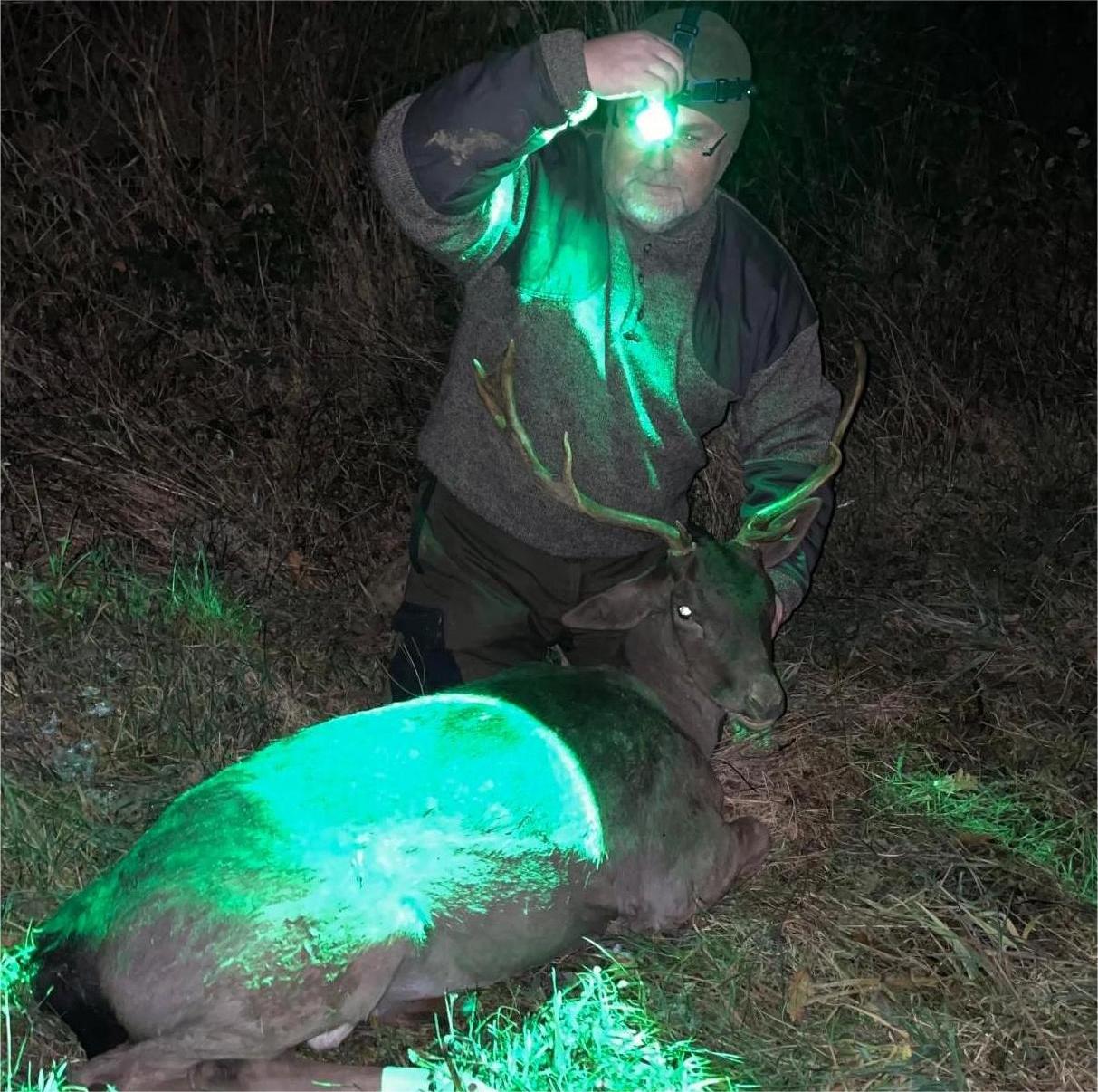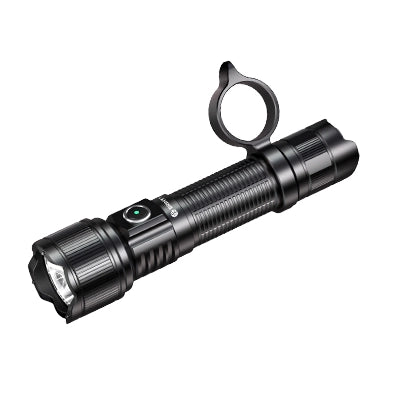Introduction
As hunting season approaches across North America and Europe, hunters are busy preparing their gear—checking firearms, boots, camouflage, and packs. Yet one critical item often overlooked is lighting gear. Whether you’re trekking before dawn, tracking game at dusk, or navigating rugged trails at night, the right headlamp or flashlight can make the difference between a safe, successful hunt and a frustrating or even dangerous experience.
In this guide, we’ll walk you through why lighting matters, how to prepare your gear step by step, and which headlamps and flashlights are best suited for different hunting environments.
Why Lighting Gear Matters for Hunting Season
Hunting in autumn and winter means shorter daylight hours and challenging visibility. Reliable lighting is essential because it:
- Ensures safety on uneven terrain – avoiding trips, falls, or accidents in rural trails and forests.
- Supports situational awareness – keeping you alert to movement, sounds, and your surroundings in the dark.
- Improves efficiency in the field – whether for map reading, gear setup, or following a blood trail.
- Influences hunting success – the right beam color (white, red, or green) helps you spot game without spooking it.
In both urban night rucking-style training and rural hunting environments, lighting isn’t just about visibility—it’s about safety, confidence, and effectiveness.

Step-by-Step: Preparing Your Lighting Gear
1. Check Your Current Equipment
- Test battery life before the season begins; replace weak or corroded cells.
- Inspect lens and reflectors for scratches or dirt that could reduce beam clarity.
- Confirm switches and modes function properly (e.g., strobe, SOS, red/green modes).
2. Optimize for the Hunting Environment
- In dense European forests, wide flood beams are best for close-range visibility.
- In North American open terrain, long-throw spot beams help scan larger areas.
- Use red light to maintain night vision and reduce game disturbance; green light is effective for hog hunting and predator control.
3. Pack Backup Power
- Always bring spare rechargeable batteries or a compact power bank.
- Prefer USB-C charging flashlights for fast, convenient recharging in the field.
- Store batteries in waterproof cases to prevent moisture damage.
4. Adapt to Different Tasks
- Headlamps: Perfect for hands-free tasks such as setting up blinds, tracking, or dressing game.
- Flashlights: Ideal for long-range spotting, signaling partners, and scanning across fields.
- Both together: A versatile combo—headlamp for immediate tasks, flashlight for range.
Recommended Lighting Gear for the Hunting Season (Brinyte Picks)
Hunters across Europe and North America face diverse conditions. The following Brinyte headlamps and flashlights are tested solutions designed for real hunting environments:
Brinyte HL28 Artemis Headlamp
- Tri-color sources (white, red, green) for multi-species hunting.
- Flood-to-spot zoom function adapts from campsite chores to spotting game.
- Excellent for endurance training or long treks where versatility matters.
Brinyte HC01 Headlamp
- Lightweight design with dual white and red light modes.
- Great for map reading, navigating uneven terrain, or group hunting.
- Compact enough for both solo night treks and backup use.
Brinyte T18 Artemis Flashlight
- High lumen long-throw beam for spotting distant obstacles.
- Rugged build, impact resistant—ideal for harsh rural trails and open fields.
- Reliable in both North American cold and European damp climates.
Brinyte T28 Artemis Flashlight
- Color-switch system (red, green, white) designed for hunters targeting different animals.
- Versatile tool for urban vs rural night hunting alike.
- Balances throw and flood for flexible use.
Brinyte T40 Hunting Flashlight
- Professional-grade extreme throw performance for scanning large landscapes.
- Suited for team hunting or when long-range visibility is critical.
- Built tough for endurance and rugged terrains.
Together, these headlamps and flashlights cover the full spectrum of night rucking-inspired endurance, solo hunting safety, and group hunting coordination.

Hunting Lighting Gear Comparison Table (Brinyte Picks)
| Product | Key Features | Best Use Case | Beam / Modes | Durability | Weight & Portability |
| HL28 Artemis Headlamp | Tri-color (white/red/green), flood-to-spot zoom | Versatile choice for both rural trails and urban hunts, adaptable across species | Wide flood & long throw, multiple brightness levels | IP66 water resistant, impact resistant | Balanced weight for long hunts |
| HC01 Headlamp | Compact, dual white/red light modes | Map reading, solo night trek, group rucking, backup headlamp | Red light for night vision, white flood for close tasks | Lightweight, weather resistant | Ultra-light, easy to pack |
| T18 Artemis Flashlight | High lumen long-throw beam, rugged body | Long-distance spotting in North American open fields or European rural trails | Focused spot beam | Impact resistant, cold-resistant build | Compact but powerful |
| T28 Artemis Flashlight | Color-switch system (red/green/white), balanced beam | Multi-animal hunting (deer, hogs, predators) | Switchable modes for flexibility | Durable, IP-rated | Mid-size, portable |
| T40 Hunting Flashlight | Extreme throw distance, professional hunting light | Team hunting, scanning wide landscapes, predator control | Long-range spot beam with multiple brightness levels | Military-grade durability | Heavier build, best for stationary or long-range use |

Maintenance Tips to Keep Your Gear Reliable
-
Clean lenses after each trip with a microfiber cloth.
-
Dry gear thoroughly before storage to prevent moisture damage.
-
Rotate rechargeable batteries and avoid leaving them fully discharged.
-
Keep a pre-hunt checklist: fully charged, beam modes tested, straps adjusted.
FAQ
Q1: What lighting gear do hunters use at night?
Hunters typically carry a headlamp for hands-free tasks and a flashlight for long-range spotting. Many prefer models with red or green light modes to reduce animal disturbance.
Q2: Is a headlamp or flashlight better for hunting season?
Both are essential. A headlamp is best for close-range tasks, while a flashlight provides the range needed to scan fields or forests. For safety and efficiency, carry both.
Q3: What color light is best for hunting deer or hogs?
- Red light preserves night vision and reduces detection by deer.
- Green light is effective for hog hunting and predator control.
- White light is useful for general visibility and gear setup.
Q4: How do you maintain hunting headlamps in cold weather?
Keep batteries warm (inside pockets), use rechargeable Li-ion cells, and always bring spares. Cold temperatures drain batteries faster.
Q5: Do I need backup lighting gear for hunting?
Yes. Always pack a secondary headlamp or flashlight, plus spare batteries, to ensure safety during extended hunts or emergencies.
Conclusion
Preparing your lighting gear is just as critical as preparing your rifle, clothing, or rucksack. Hunters in both North America and Europe face shorter days, colder nights, and unpredictable terrain—conditions where the right headlamp and flashlight ensure safety, confidence, and hunting success.
With the proper preparation and the right gear, you’ll be ready to face the hunting season from dusk till dawn.



